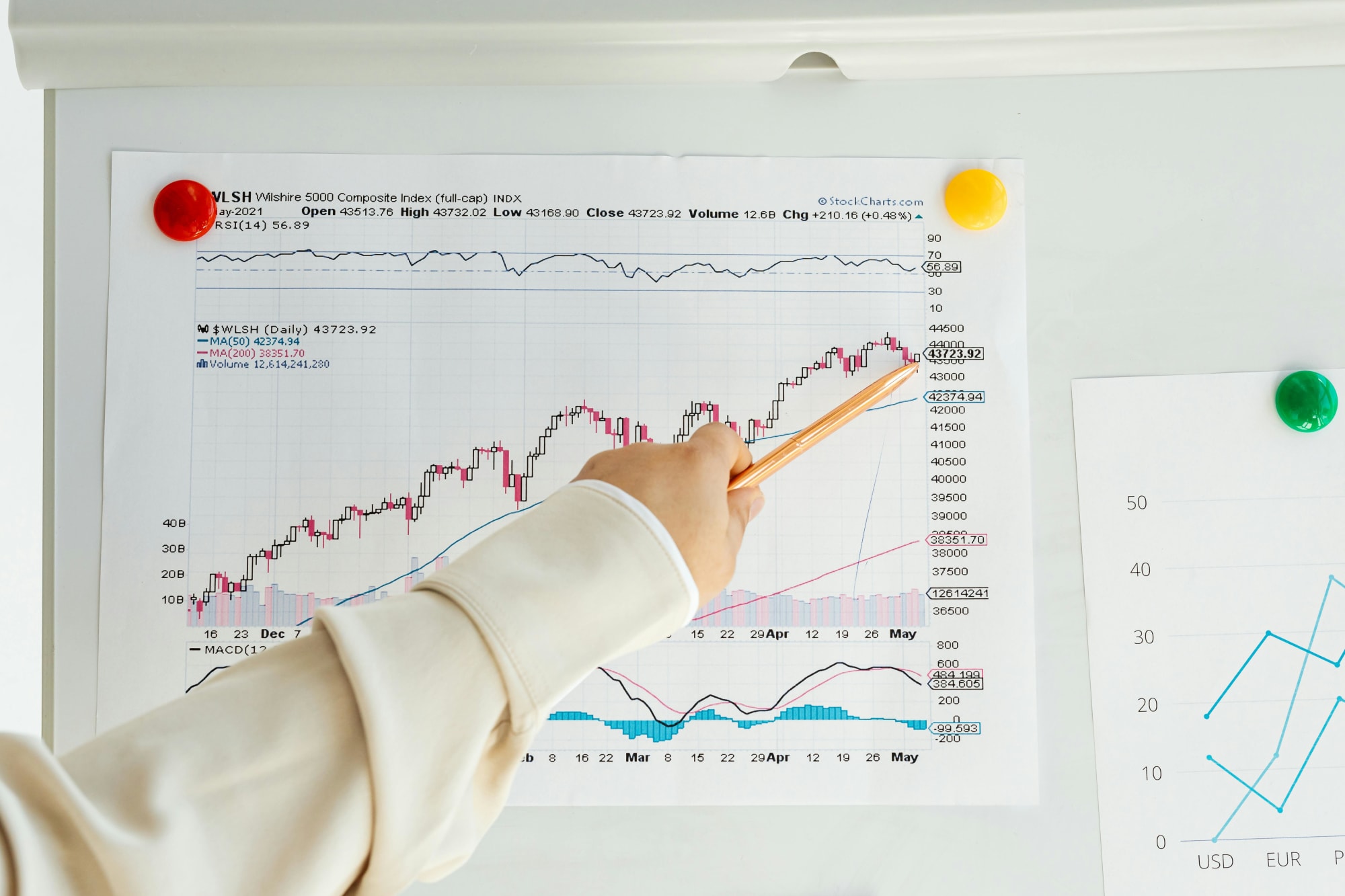Invest
How changing childcare subsidies could reduce the gender gap
Despite women and younger Australians being most impacted by the COVID-19 pandemic, they are still being left behind from a policy perspective, according to new research.
How changing childcare subsidies could reduce the gender gap
Despite women and younger Australians being most impacted by the COVID-19 pandemic, they are still being left behind from a policy perspective, according to new research.

During an Industry Super Australia webinar, former prime minister Paul Keating pointed out the gender bias in the economy and the superannuation system.
“I think the bias in the system is women’s incomes are relatively low compared to male workers and they are required for domestic and family reasons to not be in the jobs market,” Mr Keating said.
“There is a natural bias in there. The only way to improve that is further and deeper female participation in the workplace and, of course, better rates of pay.”
Changing childcare subsidies

The Grattan Institute said it could help solve this problem by creating cheaper childcare, which would help mothers increase their lifetime earnings by $150,000 as well as help boost the nation’s economy by $11 billion.
Increasing the childcare subsidy for low-income families from 85 per cent to 95 per cent and then tapering for households earning above $68,000 could be a key policy measure in recovering from the COVID-19 economic shock, according to the Grattan Institute’s Cheaper childcare: A practical plan to boost female workforce participation.
Under such a scheme, 60 per cent of Australian families would pay less than $20 a day for childcare, with no family worse off.
And while it would cost the government $5 billion a year, the economic payoff of increased female workforce participation would more than eclipse that, boosting Australian GDP by $11 billion.
“Cheaper childcare is a win-win – it would boost the economy and give Australian women enhanced life choices,” said lead author Danielle Wood.
“It should be central to the government’s plans for lifting Australia out of recession.”
Australia’s female workforce participation rate is above the OECD average, but Australian women are much more likely to work part-time. Before the COVID crisis, a typical Australian woman with pre-teenage children worked 2.5 days a week.
Women in Australia continue to do most of the unpaid household work, which further constrains their choices about doing more paid work.
The federal government should extend the parental leave scheme to offer six weeks “use it or lose it” leave at minimum wage for each parent, plus 12 weeks they can share between them. This would cost an extra $600 million a year, but would help fathers spend more time with their children in the critical first year of the child’s life.
About the author

About the author


Economy
RBA's hawkish stance reflects inflation concerns, State Street economist comments
In a recent statement, the Reserve Bank of Australia (RBA) has signaled a hawkish stance on interest rates, drawing insights from financial experts about the implications for Australia's economic ...Read more

Economy
Navigating the inflation maze: How CFOs can outsmart economic hurdles in Australia
Fresh inflation data have cooled expectations of near-term rate cuts in Australia, intensifying pressure on margins, capital allocation and demand. Rather than wait for monetary relief that may not ...Read more

Economy
Inflation concerns rise as Australia's CPI climbs to 3.8% in October
Australia's latest Consumer Price Index (CPI) figures have sent ripples through the economy, with headline inflation accelerating to 3.8% year-on-year in October, up from 3.6% in September. The data, ...Read more

Economy
October CPI results pose challenges for RBA’s monetary policy stance
In a surprising turn of events, the October Consumer Price Index (CPI) data has raised eyebrows among economists and market strategists, revealing stronger-than-expected inflationary pressures in ...Read more

Economy
Global deal activity declines by 6% amid economic uncertainty, reports GlobalData
In a year characterised by economic turbulence and evolving market conditions, global deal activity has witnessed a notable downturn during the first ten months of 2025. According to GlobalData, a ...Read more

Economy
Australia’s softening labour market puts another RBA cut in play — here’s what business should do now
A four-year high in unemployment has revived expectations the Reserve Bank could deliver another rate cut as soon as November. With quarterly GDP growth running at 0.6 per cent and annual growth at ...Read more

Economy
Rising CPI reinforces RBA’s stance as rate cut expectations remain: State Street
State Street Global Advisors says the Reserve Bank of Australia (RBA) is likely to hold its current policy outlook following the release of September quarter inflation data, which showed an unexpected ...Read more

Economy
NSW SES boosts tsunami preparedness ahead of World Tsunami Awareness Day
As World Tsunami Awareness Day approaches on 5 November, the New South Wales State Emergency Service (NSW SES) is ramping up efforts to enhance tsunami preparedness along the east coastRead more

Economy
RBA's hawkish stance reflects inflation concerns, State Street economist comments
In a recent statement, the Reserve Bank of Australia (RBA) has signaled a hawkish stance on interest rates, drawing insights from financial experts about the implications for Australia's economic ...Read more

Economy
Navigating the inflation maze: How CFOs can outsmart economic hurdles in Australia
Fresh inflation data have cooled expectations of near-term rate cuts in Australia, intensifying pressure on margins, capital allocation and demand. Rather than wait for monetary relief that may not ...Read more

Economy
Inflation concerns rise as Australia's CPI climbs to 3.8% in October
Australia's latest Consumer Price Index (CPI) figures have sent ripples through the economy, with headline inflation accelerating to 3.8% year-on-year in October, up from 3.6% in September. The data, ...Read more

Economy
October CPI results pose challenges for RBA’s monetary policy stance
In a surprising turn of events, the October Consumer Price Index (CPI) data has raised eyebrows among economists and market strategists, revealing stronger-than-expected inflationary pressures in ...Read more

Economy
Global deal activity declines by 6% amid economic uncertainty, reports GlobalData
In a year characterised by economic turbulence and evolving market conditions, global deal activity has witnessed a notable downturn during the first ten months of 2025. According to GlobalData, a ...Read more

Economy
Australia’s softening labour market puts another RBA cut in play — here’s what business should do now
A four-year high in unemployment has revived expectations the Reserve Bank could deliver another rate cut as soon as November. With quarterly GDP growth running at 0.6 per cent and annual growth at ...Read more

Economy
Rising CPI reinforces RBA’s stance as rate cut expectations remain: State Street
State Street Global Advisors says the Reserve Bank of Australia (RBA) is likely to hold its current policy outlook following the release of September quarter inflation data, which showed an unexpected ...Read more

Economy
NSW SES boosts tsunami preparedness ahead of World Tsunami Awareness Day
As World Tsunami Awareness Day approaches on 5 November, the New South Wales State Emergency Service (NSW SES) is ramping up efforts to enhance tsunami preparedness along the east coastRead more








